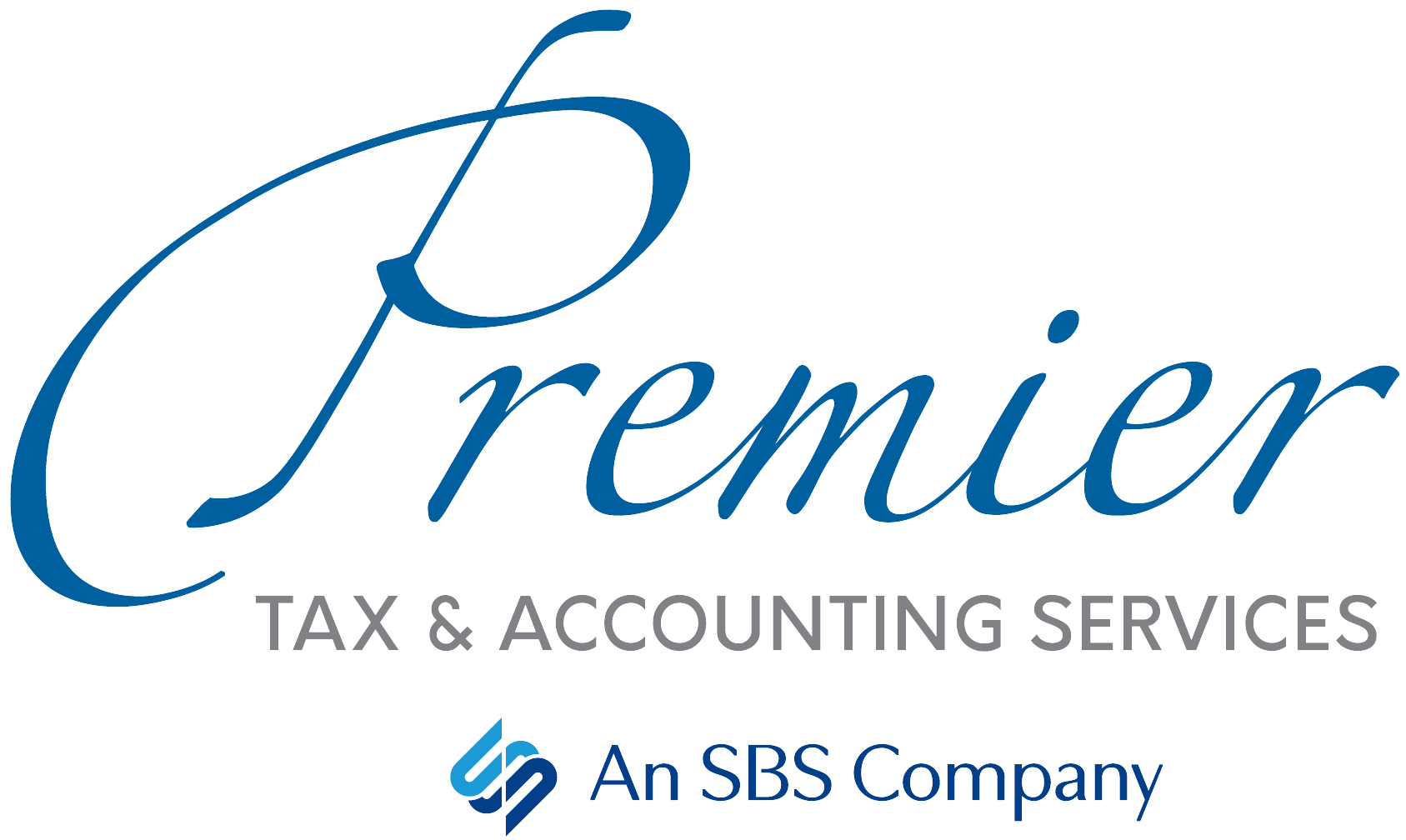Does your teenager have a summer or part-time job? Depending on how much they earn, they may have to file a tax return next April. Just because you claim them as a dependent on your tax return does not excuse your child from filing their own return in certain situations. What’s more, you cannot claim your child’s earned income on your own tax return.
To qualify as your dependent, your child must:
- Have a Social Security number (SSN)
- Not file a joint return (if married)
- Be your son, daughter, adopted child, stepchild, eligible foster child, sibling, half-sibling, step-sibling, or offspring of any of these
- Be under age 19 at the end of the tax year, or under age 24 if a full-time student, or any age if permanently and totally disabled
- Live with you for more than half the year in the U.S.
Teenagers can sign their own tax returns —
there is no minimum age to sign a tax return.
Filing Depends on Income
Your dependent child has to file a tax return once their income exceeds their standard deduction. For 2022, the standard deduction for a dependent child is total earned income plus $400, up to $12,950. So a child can earn up to $12,950 without paying income tax.
However, your child must file a return if he or she meets any one of these tests for 2022:
- Has unearned income (e.g., from investment interest or gains) above $1,150.
- Has earned income above $12,950 (as noted above).
- Has net earnings from self-employment of $400 or more (self-employment tax may also be due).
If you’re unsure about your child’s tax situation, we’ll be happy to answer your questions. Just give us a call at 706-632-7850. And when the time comes, we can quickly and easily complete their tax return along with your own.
Fed Raises Rate Again
Last week, the Federal Reserve raised the benchmark policy rate by 0.75% for the second month in a row in an attempt to tame the country’s 40-year-high inflation. This is the Fed’s most aggressive cycle of monetary tightening since 1981. Experts expect a few more rate increases through at least the end of the year, with the federal funds rate projected to reach about 3.25% to 3.5%. The thought is that higher interest rates make borrowing and spending more difficult, thus slowing the demand for goods and services.
Housing Market Slows
After nearly two years of seemingly nonstop price increases and quick-turn inventory, home sales are finally slowing down. That’s in part due to market forces as well as higher mortgage rates.
- While home prices are still high, the prices of building materials like lumber and windows are starting to come down.
- Sales of newly built homes fell more than 8% in June from the prior month and were 17% lower than June of 2021.
- Inventory rose to a 9.3-month supply, up from 5.6 months at the end of last year.
- The average rate on 30-year fixed mortgages has been rising — roughly 5.5%, up from 3% at the beginning of the year.



